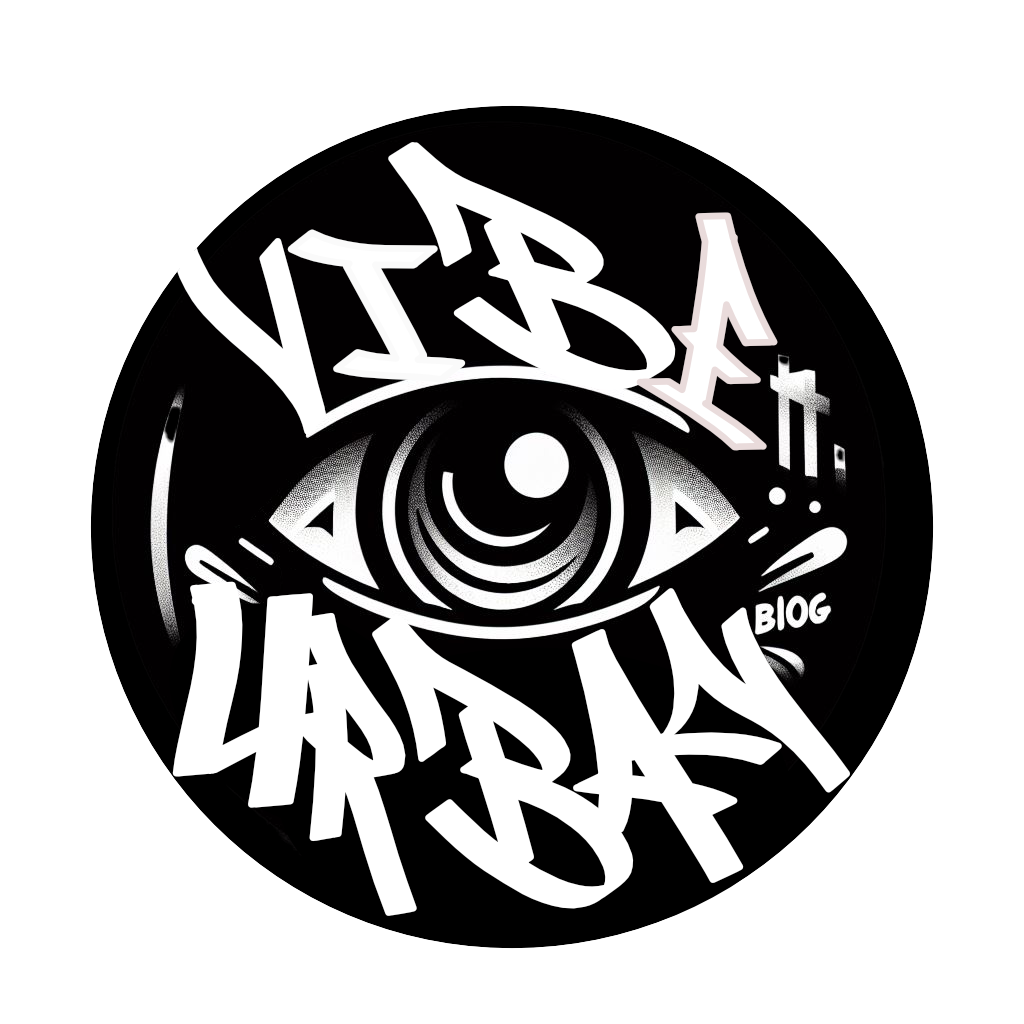For decades, streetwear has been a driving force in shaping contemporary fashion and cultural movements. The Urban style aesthetic originated in the 1970s and 1980s, born out of the hip-hop and skateboard scenes in cities like New York and Los Angeles. Today, streetwear culture has infiltrated all corners of the fashion industry, from high-end designers to mainstream retailers, and has become a staple in the wardrobes of people around the world.
The roots of streetwear can be traced back to the burgeoning hip-hop scene of the 1970s. Artists like Run-D.M.C and LL Cool J were known for their bold, relaxed style that blended elements of athletic wear, workwear, and high fashion. This laid the foundation for what would become the urban style aesthetic, characterized by oversized silhouettes, graphic tees, and an emphasis on comfort and self-expression.
In the 1980s, streetwear exploded onto the mainstream fashion scene with the emergence of brands like Stussy and A Bathing Ape. These brands were instrumental in popularizing the urban style look, with their signature graphic tees, hoodies, and bucket hats becoming must-have items for trendsetters and influencers. Streetwear also became synonymous with the skateboarding subculture, as brands like Vans and Supreme began catering to the needs of skaters looking for durable, stylish clothing.
The 1990s saw the rise of urban streetwear brands like FUBU and Sean John, which were founded by African-American entrepreneurs and aimed to celebrate and empower marginalized communities through fashion. These brands played a crucial role in diversifying the streetwear industry and creating spaces for underrepresented voices to be heard.
In the early 2000s, streetwear culture reached new heights of popularity with the rise of social media and celebrity endorsements. Hip-hop artists like Kanye West and Pharrell Williams became known for their unique style and collaborations with high-end fashion brands, bridging the gap between streetwear and luxury fashion.
Today, streetwear culture continues to evolve and shape the fashion landscape, with new brands and designers emerging every day. The urban style aesthetic remains a dominant force in the industry, with its emphasis on individuality, creativity, and self-expression resonating with a diverse range of consumers.
In conclusion, the history of streetwear culture is a testament to the power of fashion to reflect and influence the social and cultural trends of the times. From its humble beginnings in the streets of urban centers to its current status as a global phenomenon, streetwear has proven to be a lasting and impactful force in the world of fashion.
——————-
Check out more on Urban style contact us anytime:
Home | vibe-urban
https://www.vibe-urban.blog/
Romania
Step into the rhythm of the city with Vibe Urban Blog. Discover the pulse of urban living, from street style to hidden hot spots. Get ready to dive into a world where creativity and culture collide. Stay tuned for your daily dose of urban inspiration.


